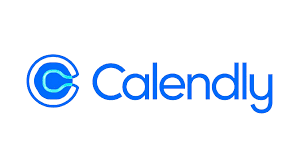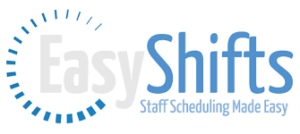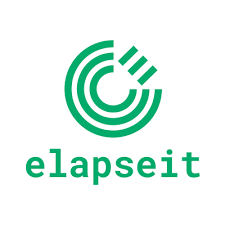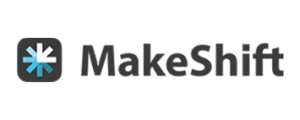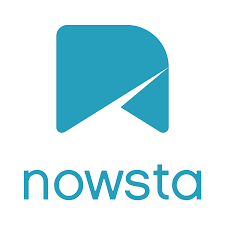Connecteam - Employee Scheduling Software
Connecteam is an award-winning all-in-one employee management platform. Tailored for the unique demands of non-desk workforce industries such as construction, cleaning, food and beverage, retail, hospitality, healthcare and security. Read more
Calendly
Calendly is your scheduling automation platform for eliminating the back-and-forth emails to find the perfect time — and so much more. Read more
elapseit
Resource planning, time tracking and project management, from project kickstart to invoice Read more

